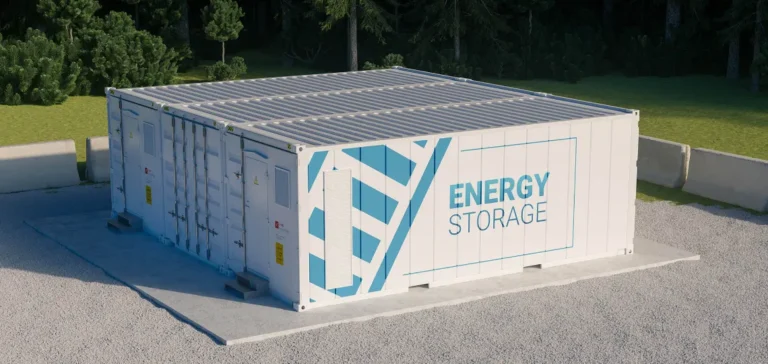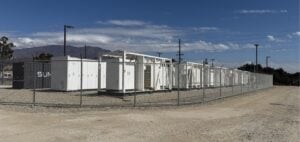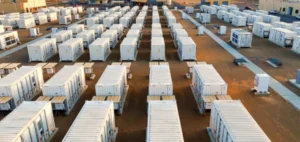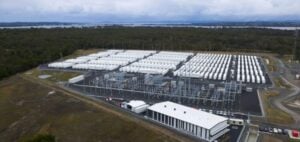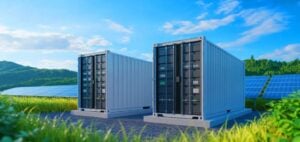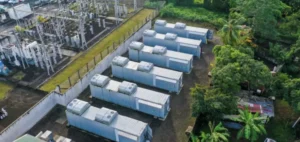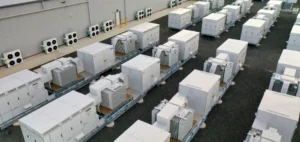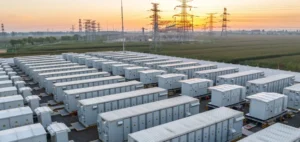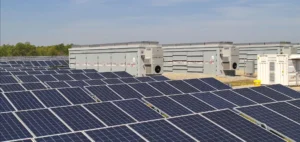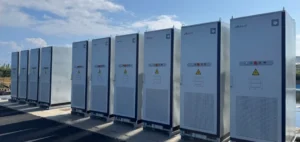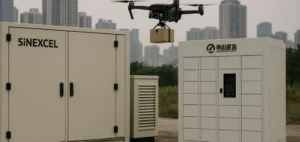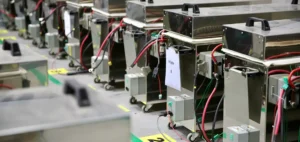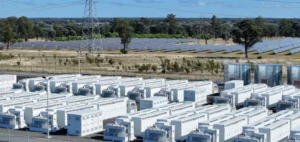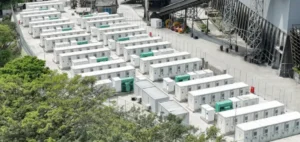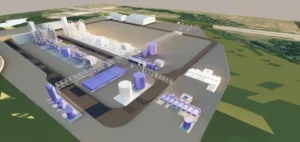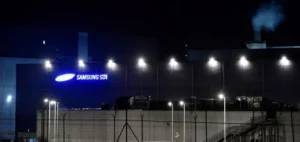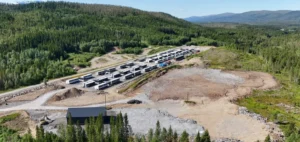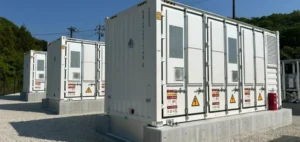The U.S. energy storage market experienced record growth in the first quarter of 2025, with more than 2 gigawatts (GW) added across all segments, according to a joint report released by energy consulting firm Wood Mackenzie and the American Clean Power Association (ACP).
Utility-scale sector leads
The utility-scale storage segment registered the addition of more than 1.5 GW of capacity, up 57% compared to the same period in 2024. This performance ranks the first quarter of 2025 at the top of comparable quarters since measurements began by both organizations. According to John Hensley, Senior Vice President of Markets and Policy Analysis at ACP, this growth represents a response to current energy supply challenges but continues to face significant political risks.
Indiana stood out by quadrupling its operational storage capacity, adding 256 megawatts (MW) during the quarter. With an interconnection queue currently reaching 10 GW, the state now has the fifth-largest planned capacity nationwide. According to the report, land availability and clarity of local permitting guidelines explain this growth.
Residential sector growth
The residential sector also achieved a record first quarter by installing 458 MW, driven primarily by California and Puerto Rico, which together account for 74% of this growth. New markets, such as Illinois, however, are gradually beginning to emerge.
Noah Roberts, Vice President for Energy Storage at ACP, highlighted a notable geographic diversification marked by a significant increase in projects in Midwestern and Southwestern states, notably Indiana, Nevada, and Arizona.
Medium-term uncertainties
Despite encouraging figures, the report highlights growing regulatory uncertainties that could affect medium-term forecasts. In particular, the future of the Investment Tax Credit (ITC) remains uncertain with the recent U.S. budget bill, potentially restrictive for energy project developers.
A drastic change in federal fiscal policies could lead to a 29% contraction in the utility-scale installations market by 2026. For the community-scale, commercial, and industrial (CCI) segment, five-year forecasts have been reduced by 42% due to tariff uncertainty and delays in the adoption of projects related to California’s Net Energy Metering (NEM 3.0) program.
The report also specifies that distributed storage installations could be the hardest hit by potential legislative changes, with a potential decline estimated at 46% compared to the base scenario over the next five years. In this case, the utility-scale sector would record a cumulative reduction of 16 GW.
Wood Mackenzie, however, forecasts a total of 15 GW (49 gigawatt-hours – GWh) of new capacity installations across all segments in 2025, representing an annual increase of 22% for utility-scale installations.
According to Allison Weis, Global Head of Energy Storage at Wood Mackenzie, maintaining stable policy is essential to preserve the current pace of the sector and ensure an appropriate response to the growing needs of the U.S. electricity grid, facing a steady rise in energy demand.


